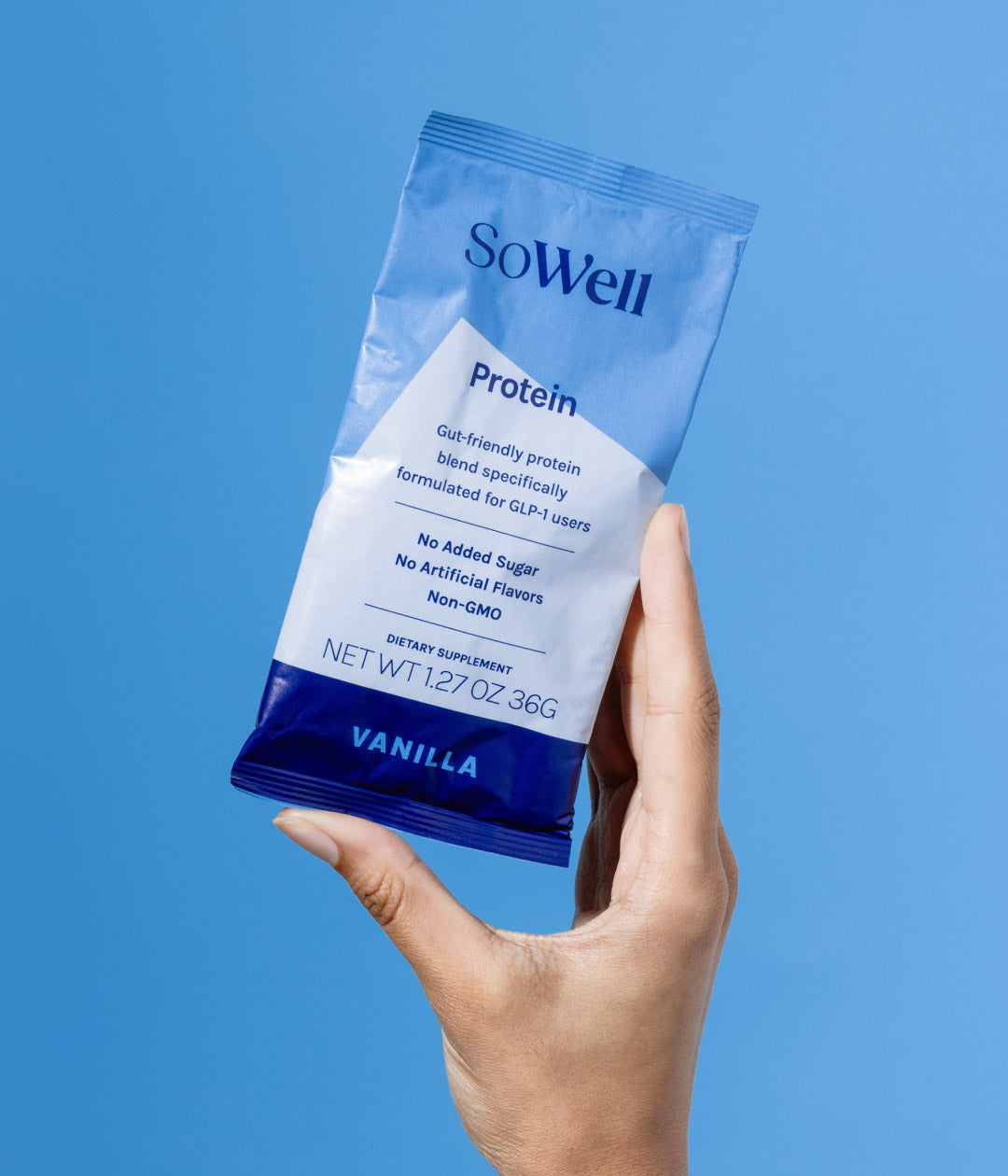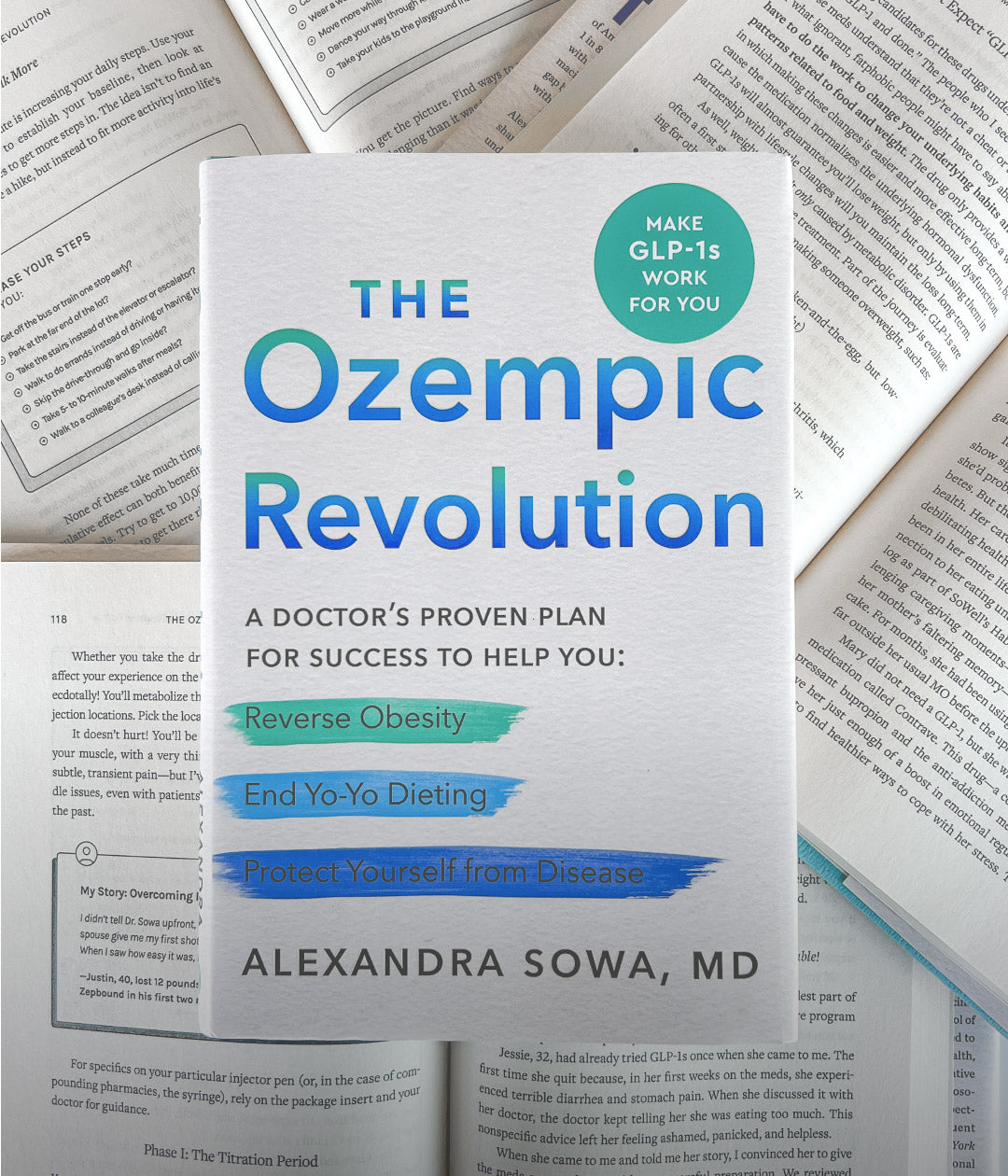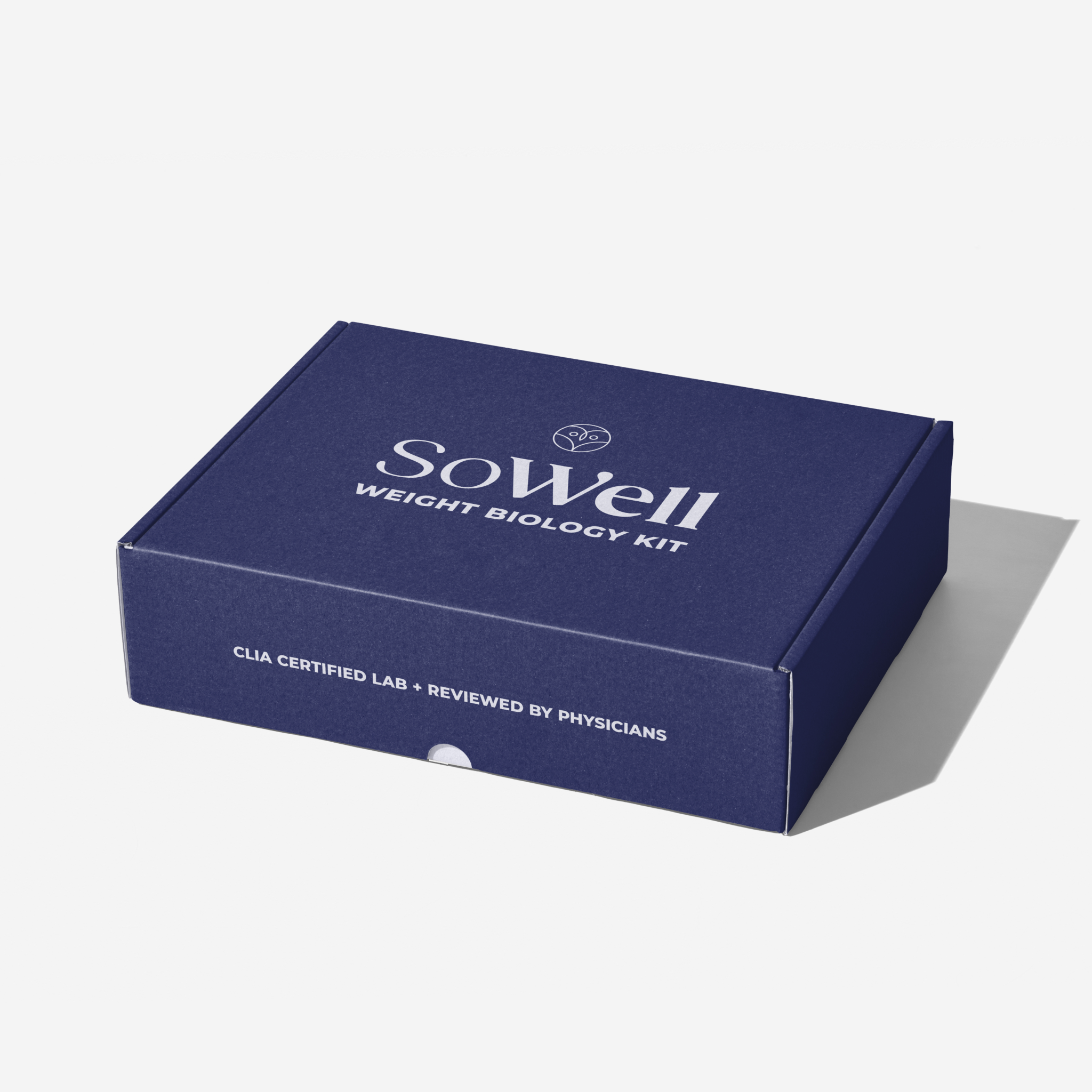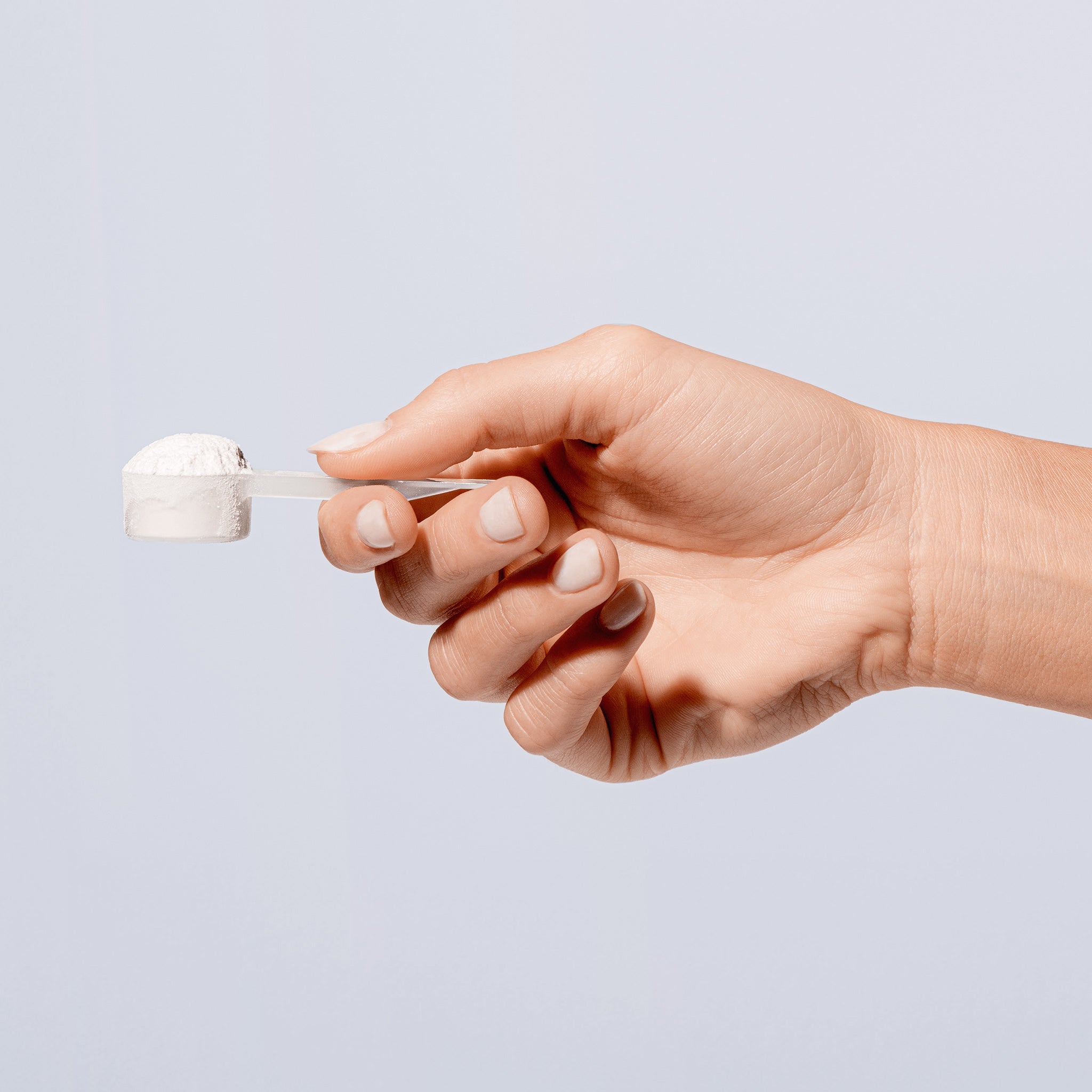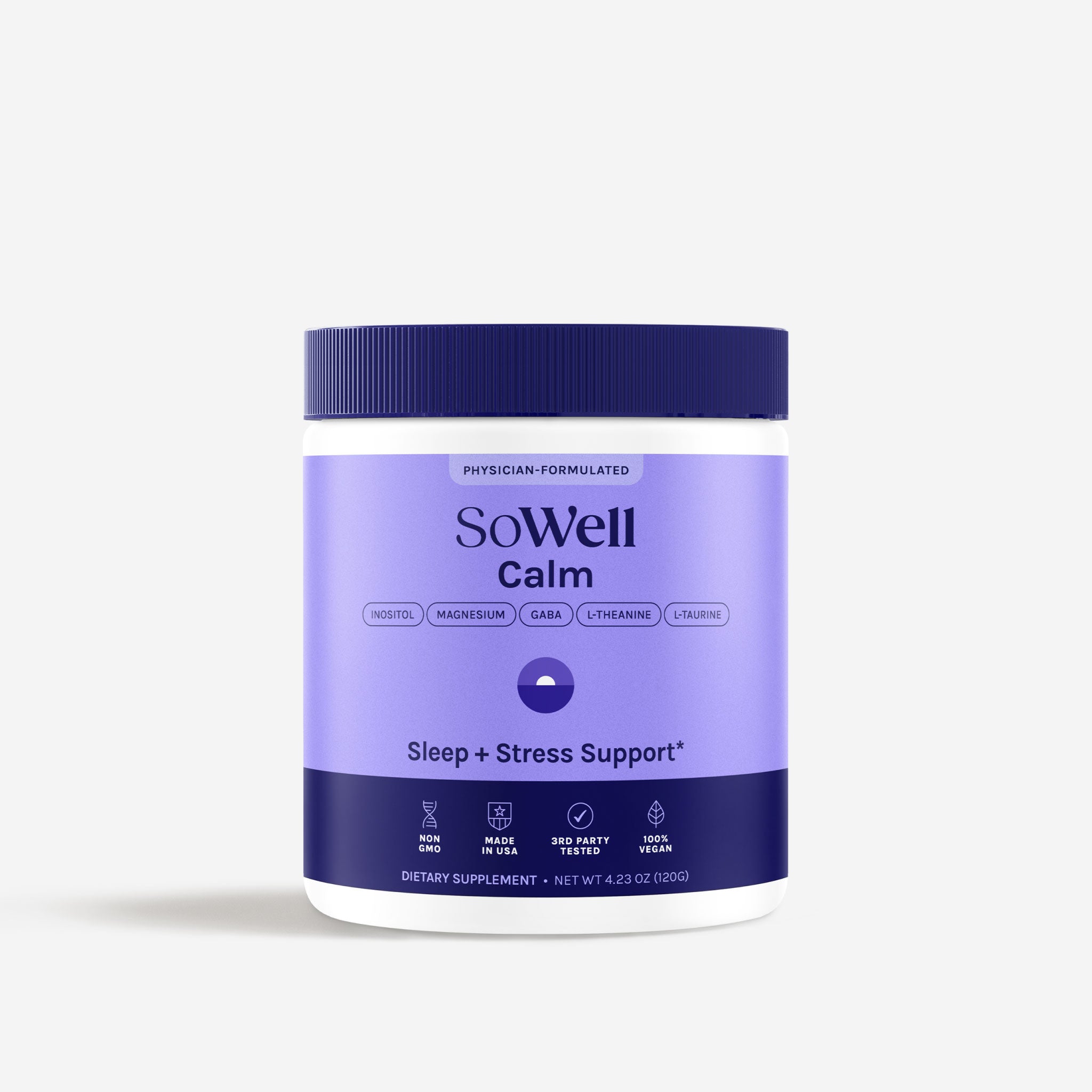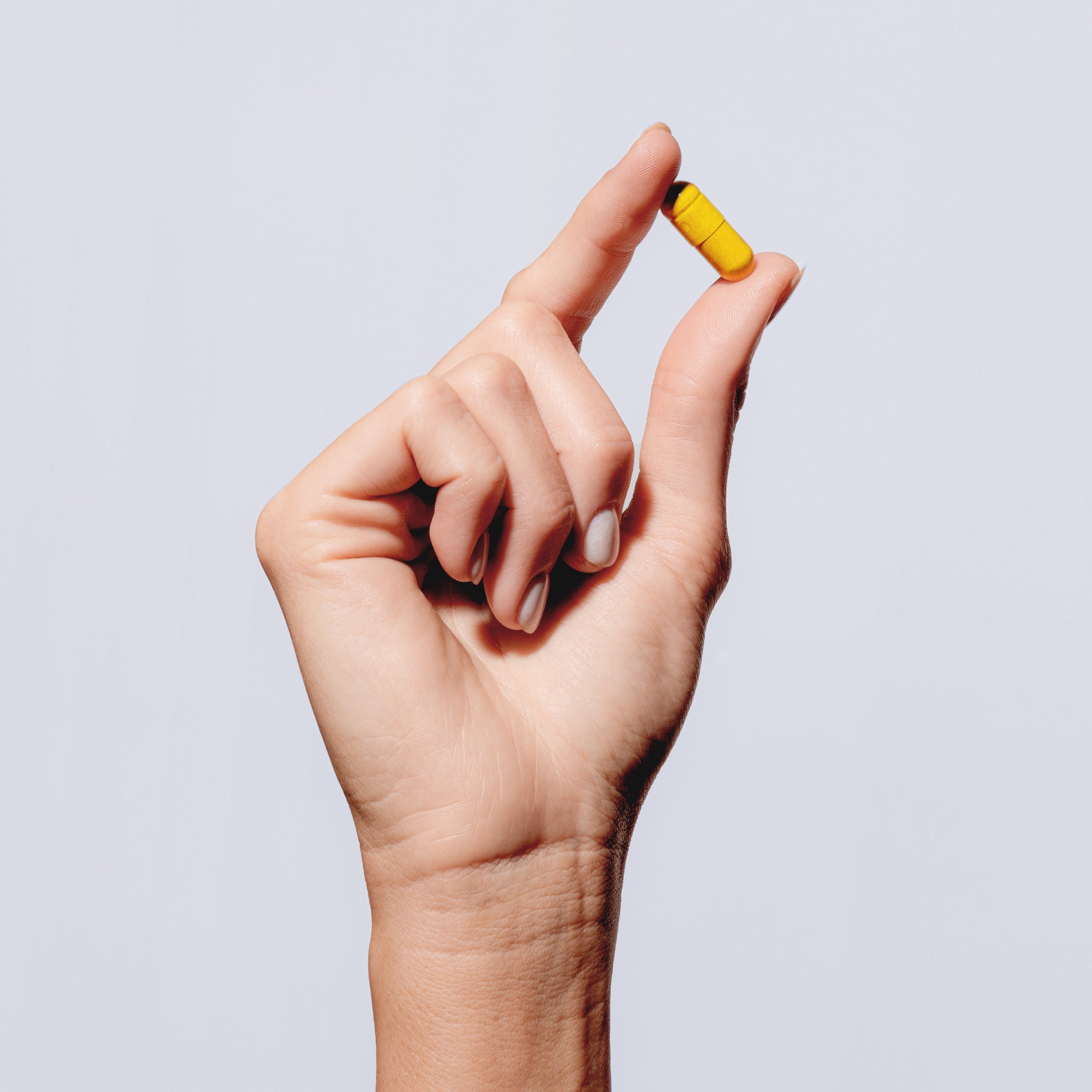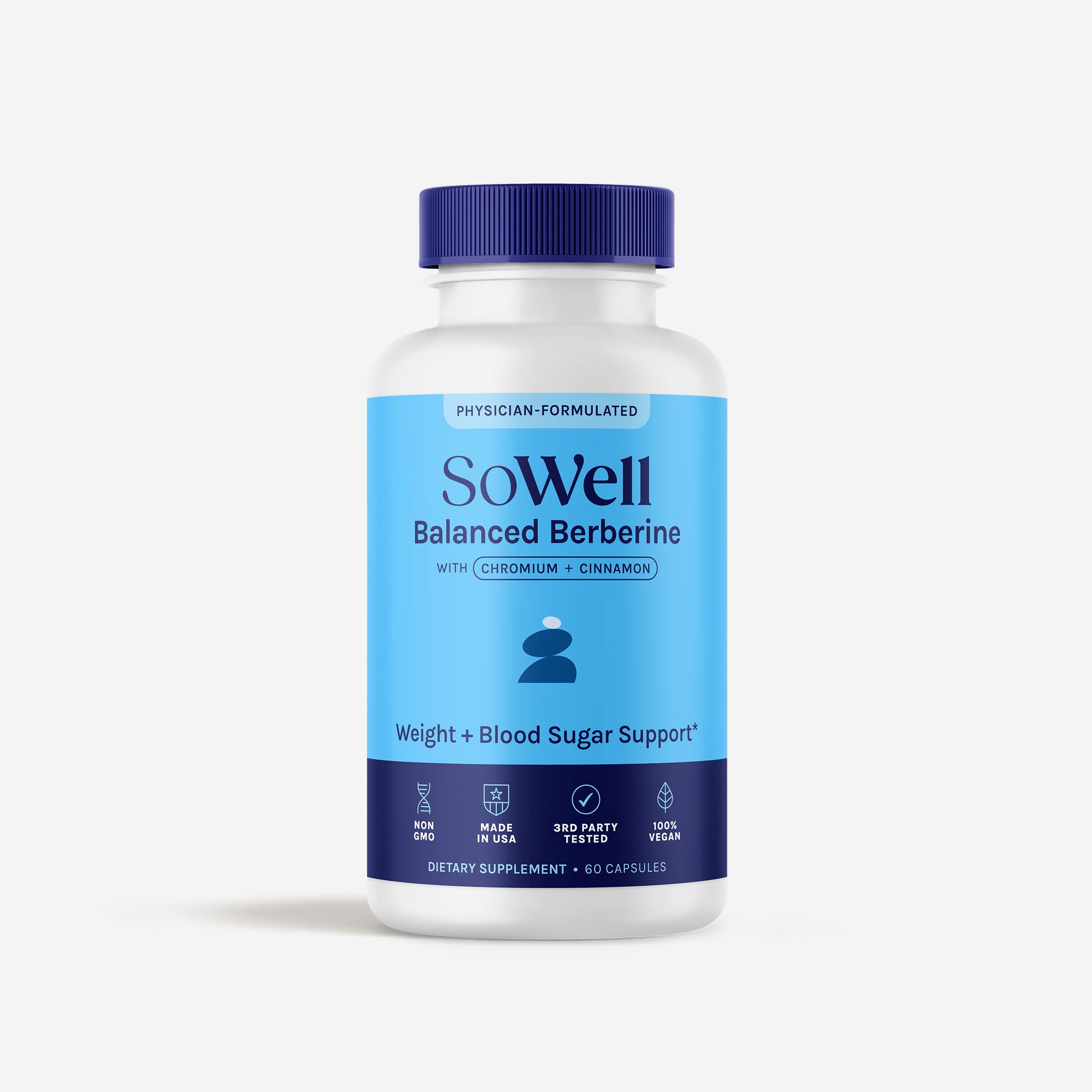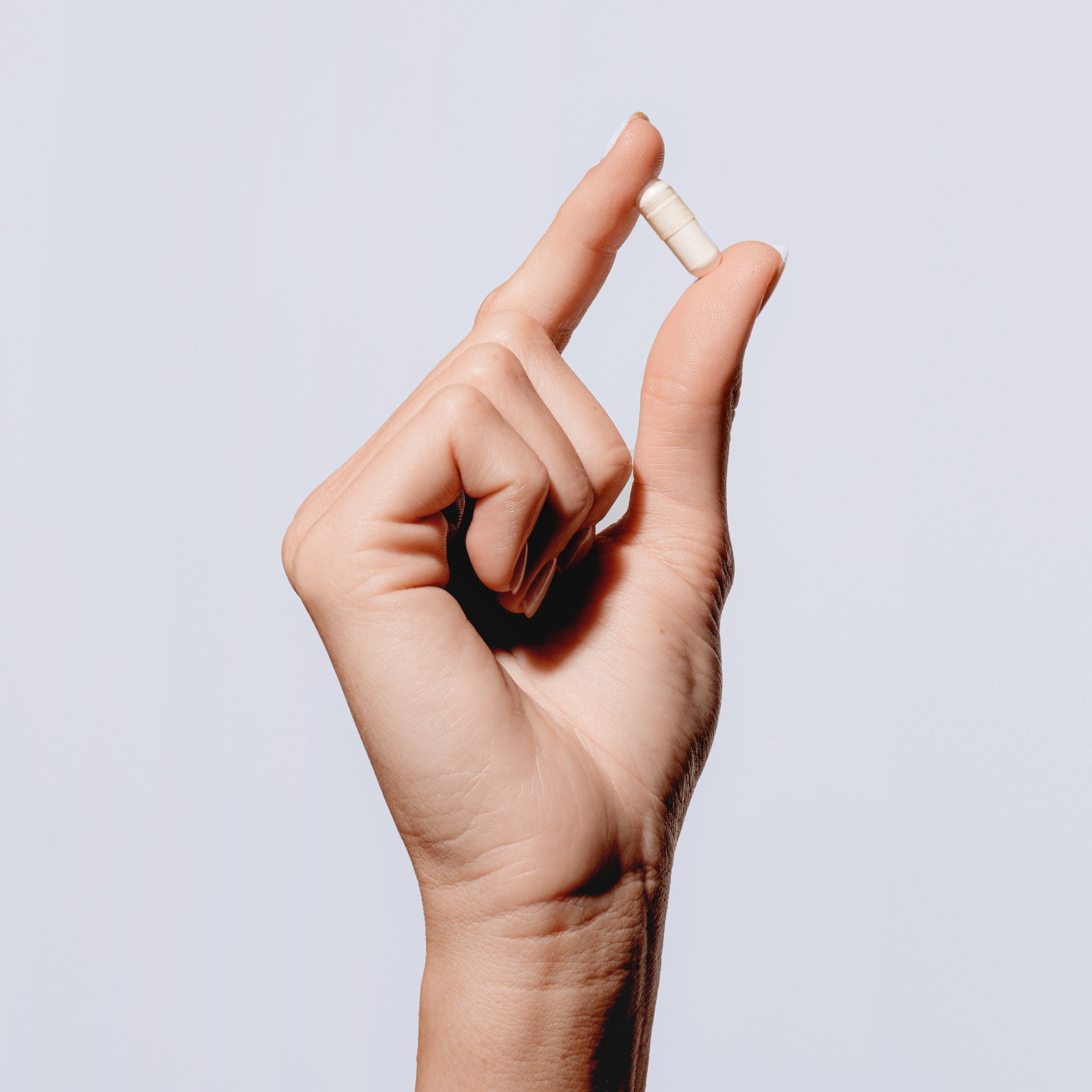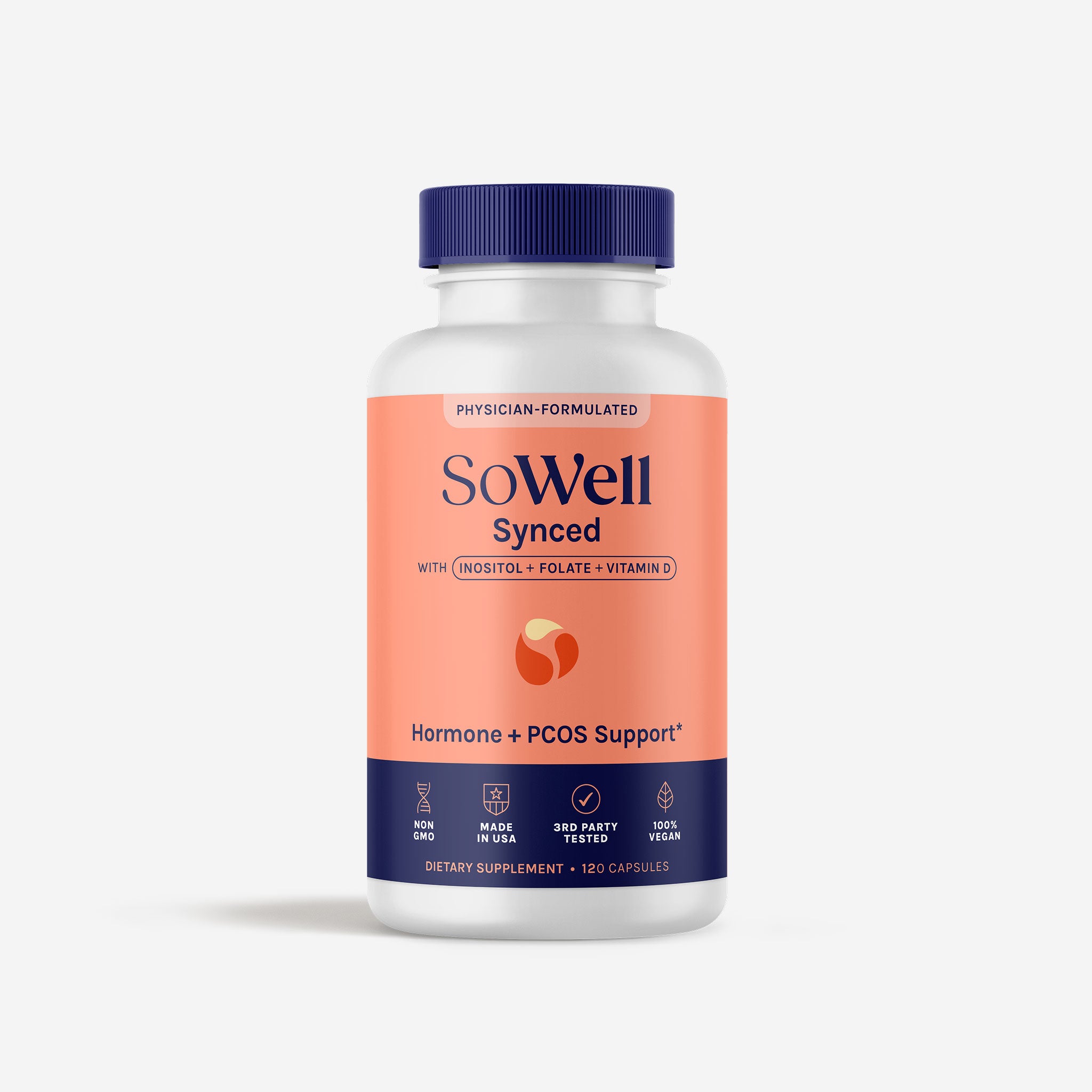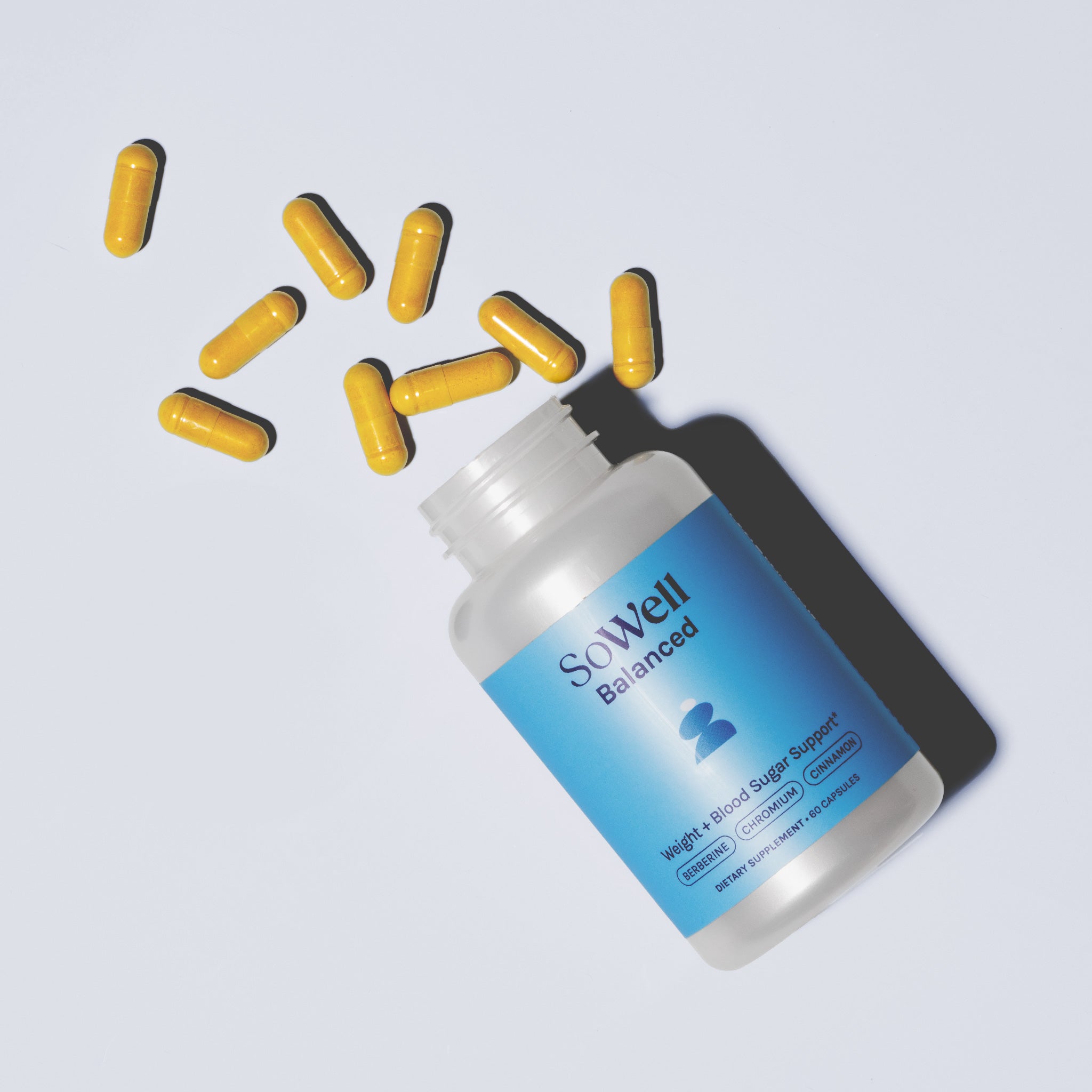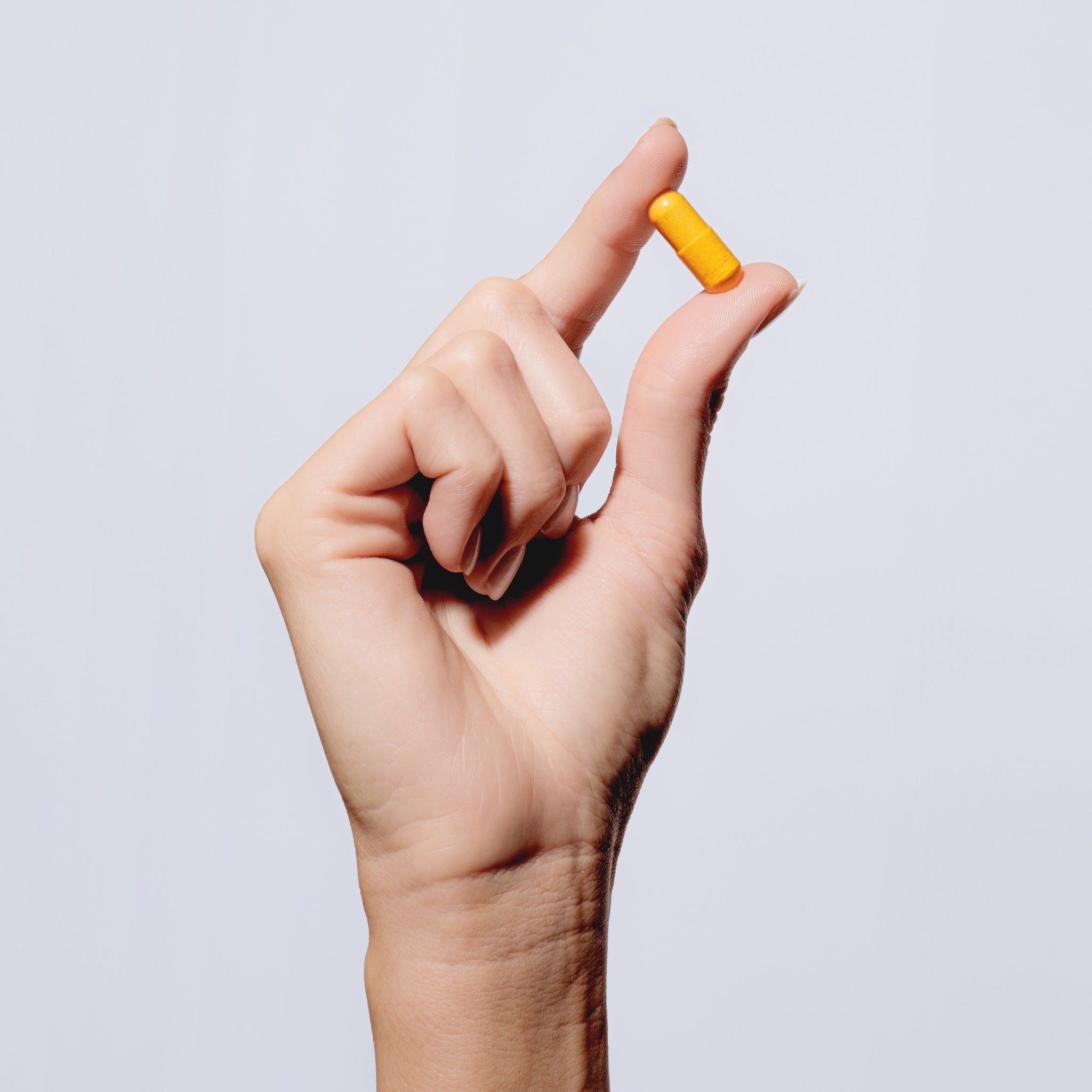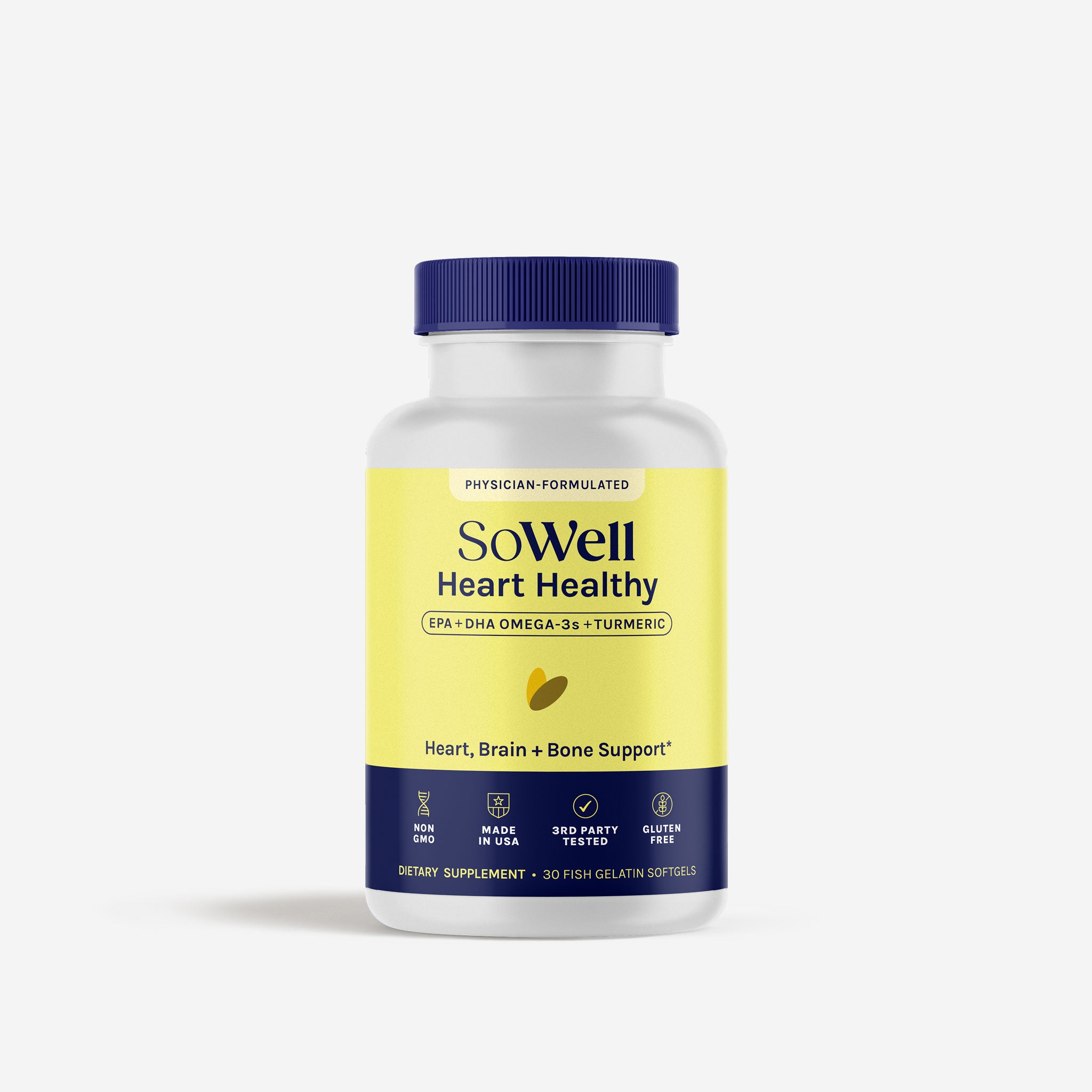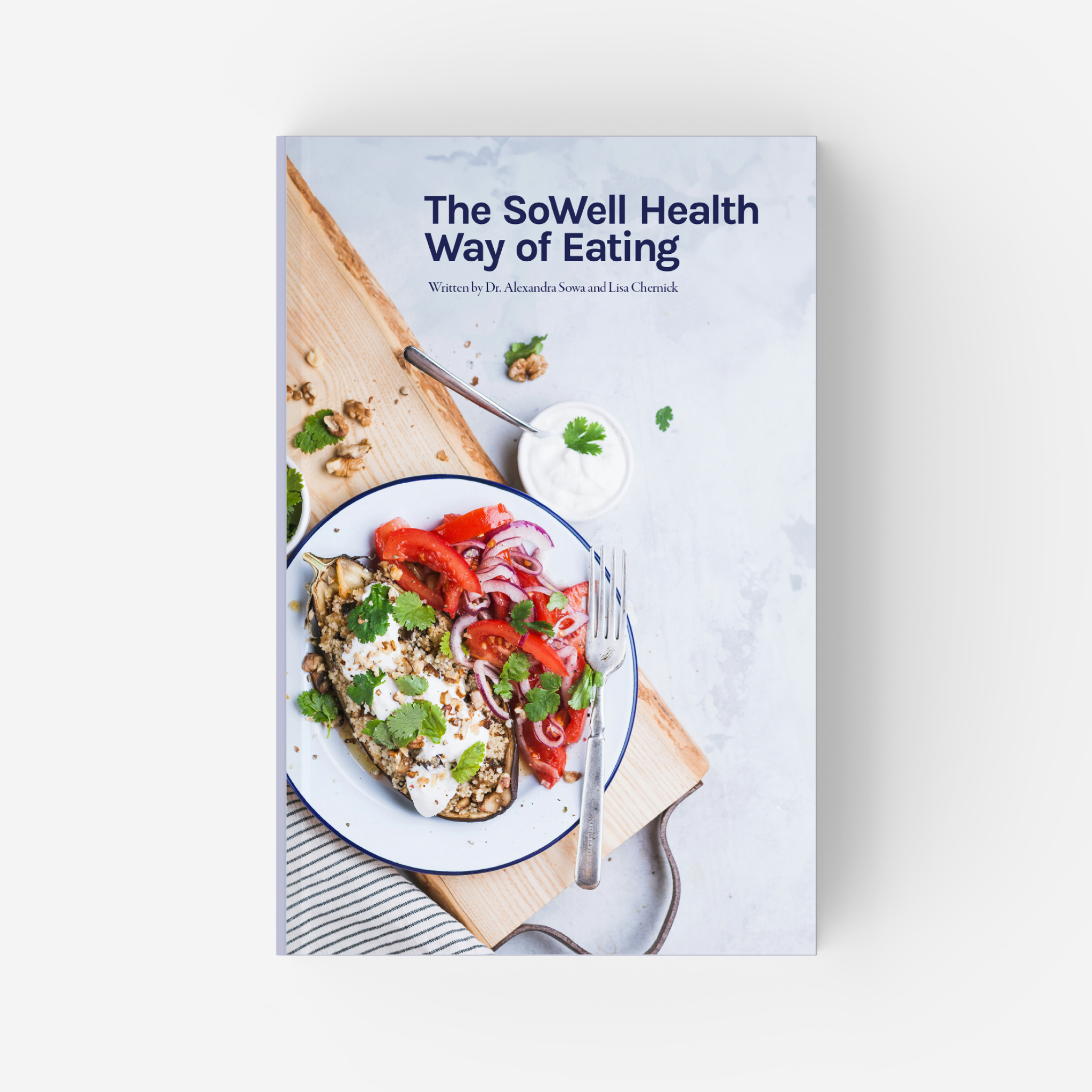
February is here and the air is buzzing with love and heart-shaped gift boxes, but let's face it, some relationships are toxic. At the top of the list? Insulin resistance and heart disease.
Heart disease is the #1 cause of death in the US—coined as the "silent killer"—because it can develop and progress with few noticeable symptoms, or even no symptoms at all, until a major cardiovascular event occurs, such as a heart attack or stroke.
Insulin resistance can also be relatively quiet until it gets out of control. That's why, for American Heart Month, we're unpacking the ways insulin resistance impacts your heart health, plus ways to help reverse insulin resistance so you can keep your ticker in tip-top condition.
Insulin Resistance and Coronary Artery Disease
At the heart of this relationship lies the role of sugar—specifically, elevated blood sugar levels. Insulin resistance occurs when your body's cells become resistant to the effects of insulin, a hormone responsible for regulating blood sugar. As a result, your pancreas works overtime, producing even more insulin to compensate. This excess insulin can wreak havoc by promoting sugar accumulation in your bloodstream.
High blood sugar, over time, becomes a notorious accomplice in the formation of atherosclerosis—a condition where fatty deposits build up in your arteries, narrowing them and restricting blood flow. These fatty plaques can lead to coronary artery disease (CAD), setting the stage for heart attacks and other cardiovascular catastrophes.
Insulin Resistance and Inflammation
But the risk doesn't stop there; insulin resistance also triggers inflammation and oxidative stress within your body.
When inflammation runs rampant in your blood vessels, it contributes to the destabilization of those fatty plaques, making them more likely to rupture and cause blood clots. These clots, in turn, can block critical arteries, leading to heart attacks.
Oxidative stress, on the other hand, damages your blood vessels' inner lining, making them more susceptible to plaque formation. It's as if your arteries are being sabotaged from the inside, and insulin resistance plays a significant factor.
Insulin Resistance and High Blood Pressure
While blood sugar is heavily responsible for insulin resistance's impact on heart health, it also plays a part in raising blood pressure. In addition to controlling blood sugar, insulin can stimulate the release of sodium by your kidneys. As sodium levels increase, so does your blood pressure, straining your heart and blood vessels.
Elevated blood pressure, combined with the arterial narrowing caused by atherosclerosis, creates a perfect storm for heart disease. It increases the workload on your heart, making it pump harder and raises the risk of heart failure or other cardiac events.
How To Determine Your Insulin Resistance
The Homeostatic Model Assessment of Insulin Resistance (HOMA-IR) score is an easy and highly reliable way to estimate insulin resistance. And it's the #1 way to detect early insulin resistance, even before other traditional labs markers come back abnormal.
HOMA-IR calculates your level of insulin resistance based on fasting blood glucose and fasting insulin levels. The formula is relatively straightforward; you can find yours using this calculator.
Rather calculate yourself? Here's the formula:
HOMA-IR = (Fasting Insulin (mU/L) x Fasting Glucose (mmol/L)) / 22.5
A HOMA-IR score of 1.0 or lower is generally considered normal, while scores above 2.5 may indicate insulin resistance. However, it's important to note that interpretation may vary slightly depending on the laboratory and healthcare provider.
To determine your HOMA-IR score at home, you can easily test your fasting insulin and fasting glucose levels with The Weight Biology Kit at-home lab test.
How To Reverse Insulin Resistance
Now that we've identified the enemy, it's time to discuss the battle plan for reversing insulin resistance and, in turn, nurturing your heart health. The good news is that insulin resistance is often reversible with lifestyle changes. Here's how to get started:
1. Balanced Diet
The foundation for reversing insulin resistance lies in a balanced diet. The SoWell Health Way of Eating food guide focuses on two primary eating strategies: high-protein and low-carb. We find that those with insulin resistance often benefit from a low-carb diet, which helps control blood sugar levels and allows your cells to become insulin-sensitive again.
2. Regular Physical Activity
Exercise is a powerful tool for improving insulin sensitivity. Aim for at least 150 minutes of moderate-intensity aerobic activity or 75 minutes of vigorous-intensity activity per week, as the American Heart Association recommends. Incorporating both cardio and strength training can be especially beneficial.
If you can’t get in the full 75 minutes of activity, don’t let that stop you. Studies show that just 2 minutes of walking after eating can improve your blood sugar response!
3. Weight Management
Maintaining a healthy weight or losing excess weight can help reverse insulin resistance. Even modest weight loss can positively impact your insulin sensitivity and overall heart health.
Unfortunately, insulin resistance makes it hard to lose weight, which is why GLP-1 medications can be transformative for those who do not see the scale moving, even with lifestyle modifications. Some supplements, like GetSoBALANCED, which is specifically formulated to support healthy blood sugar levels, also improve insulin resistance.
4. Stress Management
Chronic stress can contribute to insulin resistance. Incorporate stress-reduction techniques into your daily routine, such as mindfulness, yoga, or meditation, to help improve your body's response to insulin.
5. Adequate Sleep
Getting enough quality sleep is essential for regulating hormones, including insulin. We know it's easier said than done but aim for 7-9 hours of sleep per night to support your efforts in reversing insulin resistance.
Remember that reversing insulin resistance is gradual, and results may vary from person to person. Consult with a healthcare provider or a registered dietitian to create a personalized plan tailored to your needs and goals. By addressing insulin resistance, you're taking a crucial step towards nurturing your heart and breaking free from its toxic relationship with heart disease!
